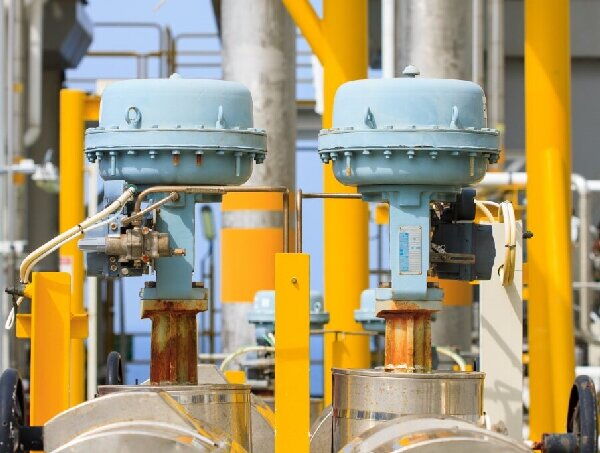A Guide to Fail-Safe Positioning in Control Valves
On this page
Control valves play a pivotal role in industrial automation systems, serving as a crucial component for process control. They are typically categorized into two types: pneumatic control valves and electric control valves. To ensure the safety and stability of the system, control valves must possess a fail-safe function during operation, especially in the event of power or air supply failure. This article will delve into the fail-safe features of electric and pneumatic valves and discuss the methods for their implementation.
Electric control valves are actuated by electric actuators. In the event of a power outage, the motor stops, and the actuator ceases movement, locking the valve in the position it was at the time of failure, achieving a fail-safe position. Electric control valves, being reliant on the power supply, generally have a fail-safe position feature but may not easily facilitate a fail-close (FC) or fail-open (FO) position.
To address this limitation when only electric valves are an option and the process requires FC or FO positions, consider the following solutions:
Redundant Power Supply: Incorporate an Uninterruptible Power Supply (UPS) system to maintain power during primary power outages.
Built-in Backup Battery: Equip the electric valve with a backup battery to provide sufficient power to the motor, enabling it to move the valve to a designated open or closed position upon primary power failure.
The fail-safe position scenarios for pneumatic control valves are more intricate. While UPS power supply is commonly used in the chemical industry, there are special cases where power-off fail-safe positions are considered necessary, and the following methods are applied:
Two-way Solenoid Valve: Install a two-way solenoid valve between the positioner and the valve diaphragm head to lock the air in the diaphragm head and achieve a fail-safe position when power is lost.
Intelligent Positioner: Use a power-off comparator to control the reversing valve, which, through a reset spring, causes the solenoid valve to change direction, exhausting air from the pneumatic fail-safe valve and locking the positioner's output signal pressure within the pneumatic control valve's diaphragm chamber, thus maintaining the valve in a fail-safe position.
Locking Valve: In the event of air supply failure, the locking valve's sliding valve resets under spring action, connecting the valve to the air reservoir for a limited number of actions, maintaining a continuous control fail-safe position.
Fail-Safe Valve: Pneumatic diaphragm control valves often include a fail-safe valve for air failure situations, which uses a single-spring structure to close and seal the air source signal within the diaphragm head, maintaining the valve opening in a fail-safe position.
Double Cylinder Valve: Although theoretically, a double-acting cylinder can maintain a fail-safe position without air supply, installing fail-safe valves at both ends of the cylinder ensures a stable fail-safe position, especially in installations with uneven pressure distribution.
The principle for maintaining a fail-safe position during signal failure in control systems like DCS/PLC is similar to that of power failure. A power-off comparator controls the reversing valve, which changes direction through a reset spring, exhausting air from the pneumatic fail-safe valve and locking the positioner's output signal pressure within the pneumatic control valve's diaphragm chamber, thus achieving a fail-safe position.
By employing these methods, control valves can effectively maintain their designated fail-safe positions during power or air supply failures, ensuring process safety and continuity. The implementation of fail-safe position features varies among different types of control valves, necessitating the selection of appropriate solutions based on specific process requirements and actual conditions. As automation technology and intelligent equipment advance, the fail-safe position features of control valves will likely become more sophisticated, further enhancing the safety and stability of industrial production.

